Are you ready to take the next step in your academic journey? Declaring your undergraduate major is an exciting milestone that can shape your college experience and future career. In this article, we'll explore what an effective letter template for this important declaration looks like, guiding you through each essential component. So, if you're curious about how to craft the perfect letter to declare your major, keep reading to find valuable tips and examples!

Student's personal information (name, student ID, contact details)
The undergraduate major declaration form captures essential student personal information tailored for academic administration processes. Student's name consists of first name, middle initial, and last name, serving as the primary identifier in university records. Student ID represents a unique identification number assigned upon enrollment, critical for tracking academic progress. Contact details include phone number, typically formatted to local standards, and a university email address, ensuring effective communication for academic advisement. Accurate completion of this information is vital for seamless processing and coordination with the registrar's office.
Academic background and current standing
Choosing a major is a significant step in an undergraduate's academic journey. Students should consider their academic background, which includes GPAs, completed coursework, and relevant experiences specific to their intended major. Assessing current standing involves evaluating progress towards degree requirements, any completed internships, or research projects associated with the field of study. Institutions often look for a clear demonstration of commitment, motivation, and understanding of the chosen discipline, which can enhance the likelihood of successful major declaration, particularly in competitive fields such as Engineering or Environmental Science. Proper documentation of academic achievements and future aspirations is crucial for the approval process.
Desired major and rationale for choice
Choosing a major in Environmental Science reflects a profound commitment to understanding and addressing pressing issues such as climate change, biodiversity loss, and sustainable resource management. The unique intersection of biology, chemistry, and geology within this field provides a comprehensive framework to analyze human impacts on natural ecosystems. Renowned programs, like those at Stanford University or the University of California, Berkeley, prioritize hands-on research and field studies, fostering critical skills that can be applied to real-world environmental challenges. Engaging in internships with key organizations, such as the Environmental Protection Agency (EPA) or the World Wildlife Fund (WWF), can offer invaluable experience and insights. This decision is further fueled by a personal passion for conservation efforts and a dedication to promoting eco-friendly practices, inspiring a future career dedicated to creating impactful solutions for sustainability.
Relevant coursework or experience
Relevant coursework in computer science, including Data Structures and Algorithms (CS 202) with a focus on efficiency and optimization of coding practices, enhanced understanding of software development principles. Experience includes an internship at TechCorp, a leading software solutions provider, where collaboration on a project developing a mobile application improved practical skills in coding frameworks such as React Native. Participation in hackathons strengthened teamwork abilities and innovative problem-solving under time constraints, fostering adaptability and rapid learning in new technologies. Engagement in peer tutoring sessions solidified foundational knowledge in programming languages such as Python and Java.
Signature and date
The undergraduate major declaration form requires a clear affirmation of intent from the student. Signature lines should designate the student's name and provide space for the individual's handwritten signature. The date line should indicate the specific day, month, and year the form is signed, ensuring clarity of the declaration timeline. This official acknowledgment facilitates the academic records update within the university system.

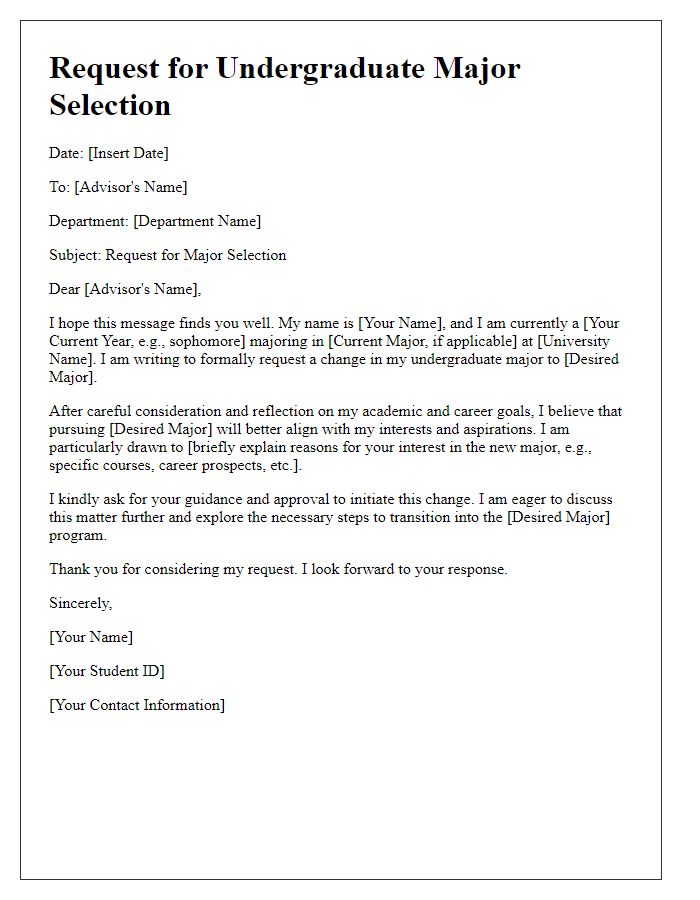
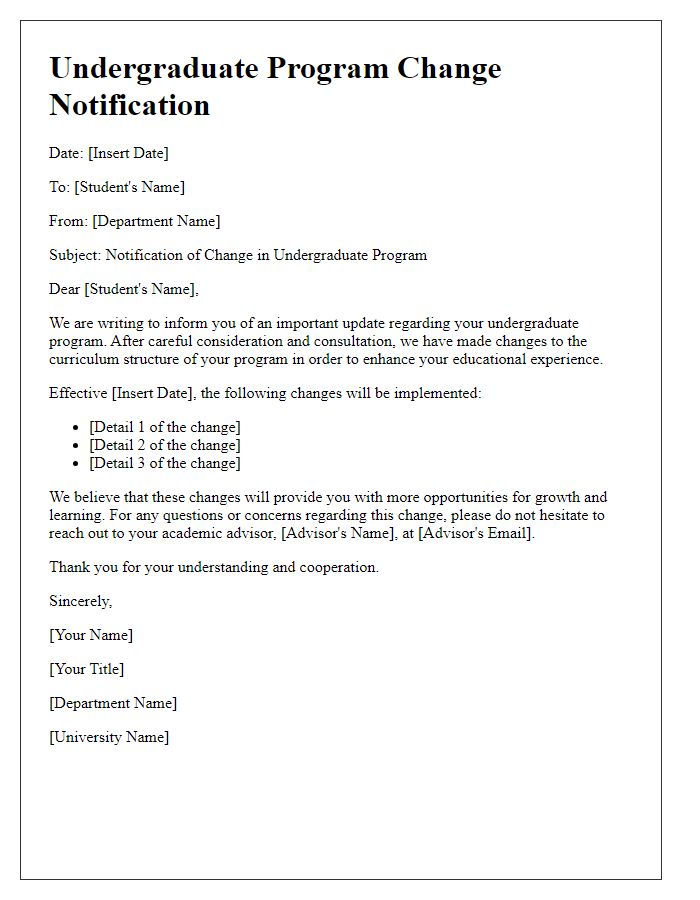
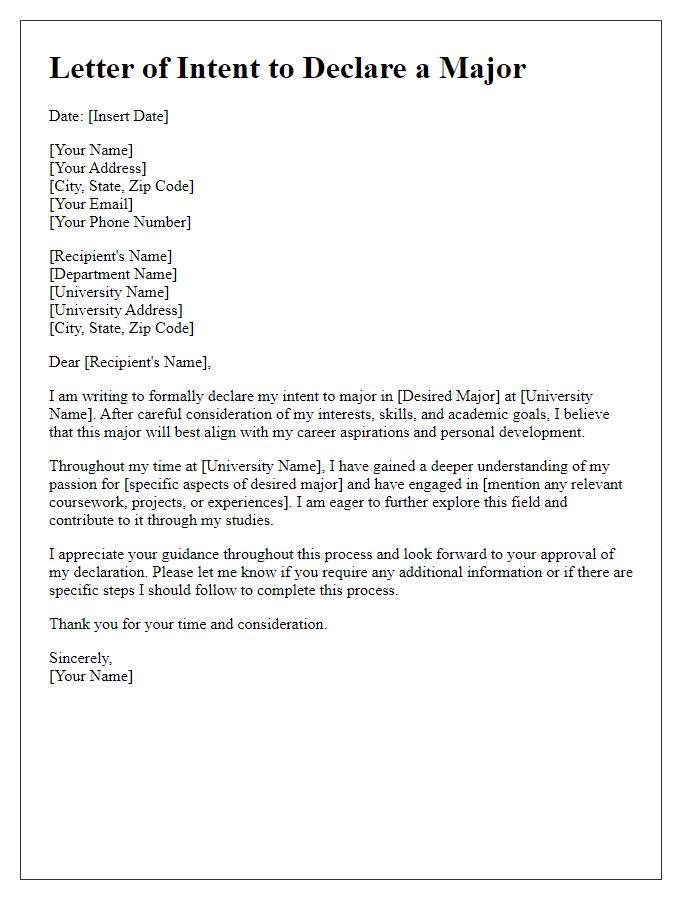
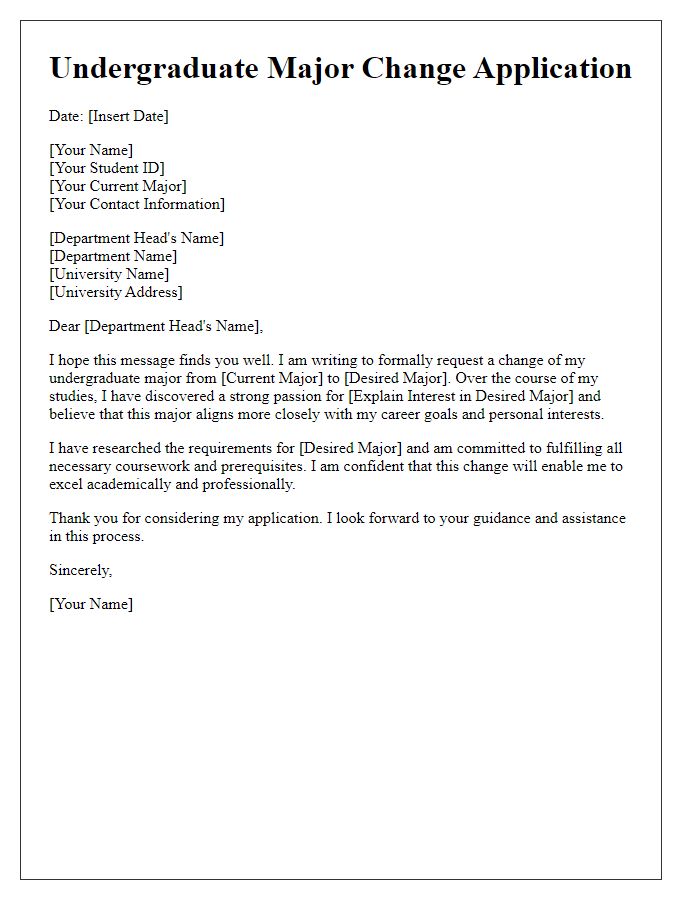
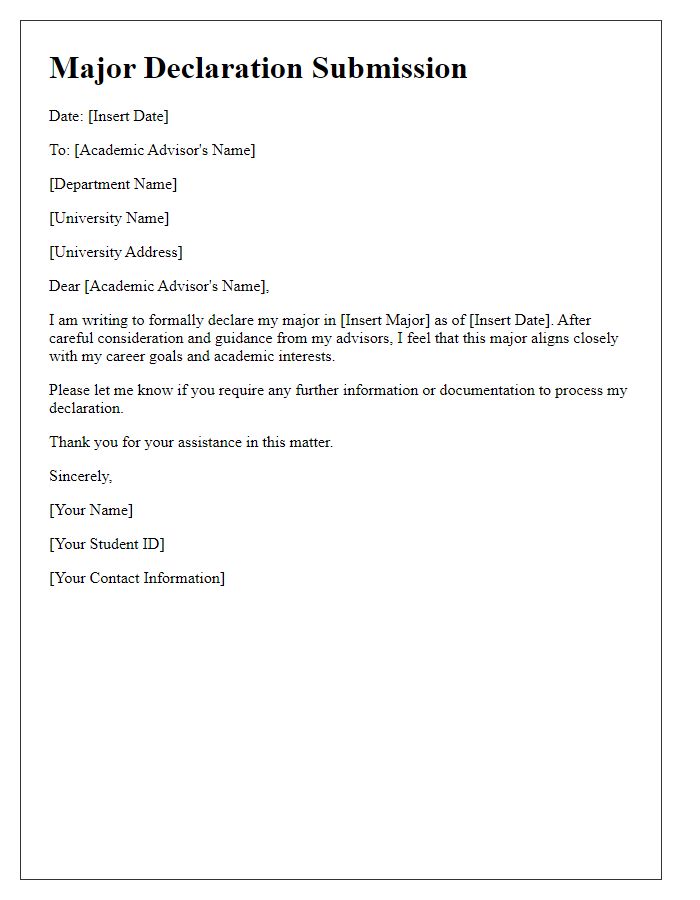
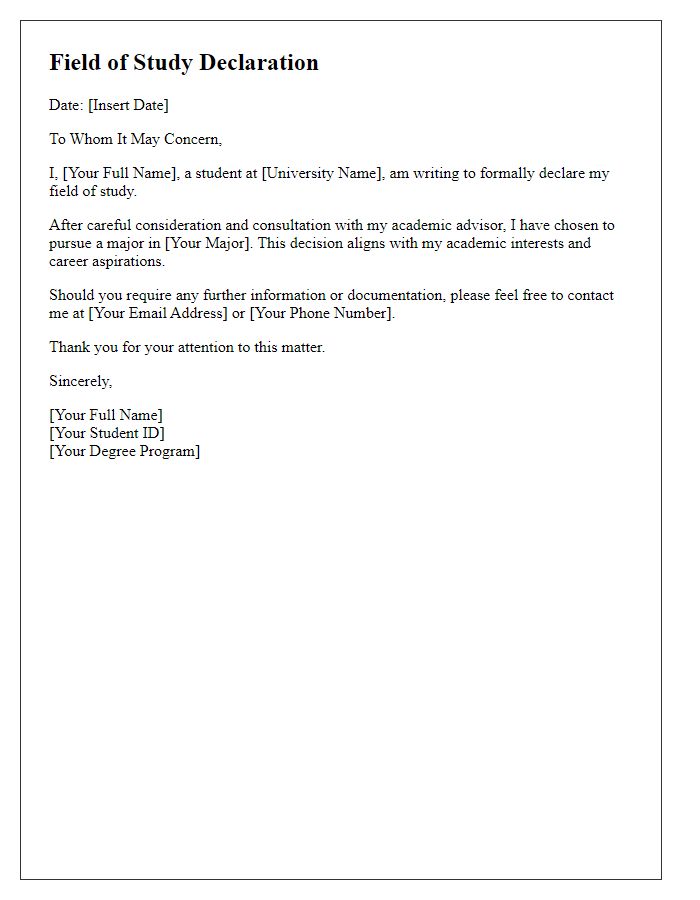
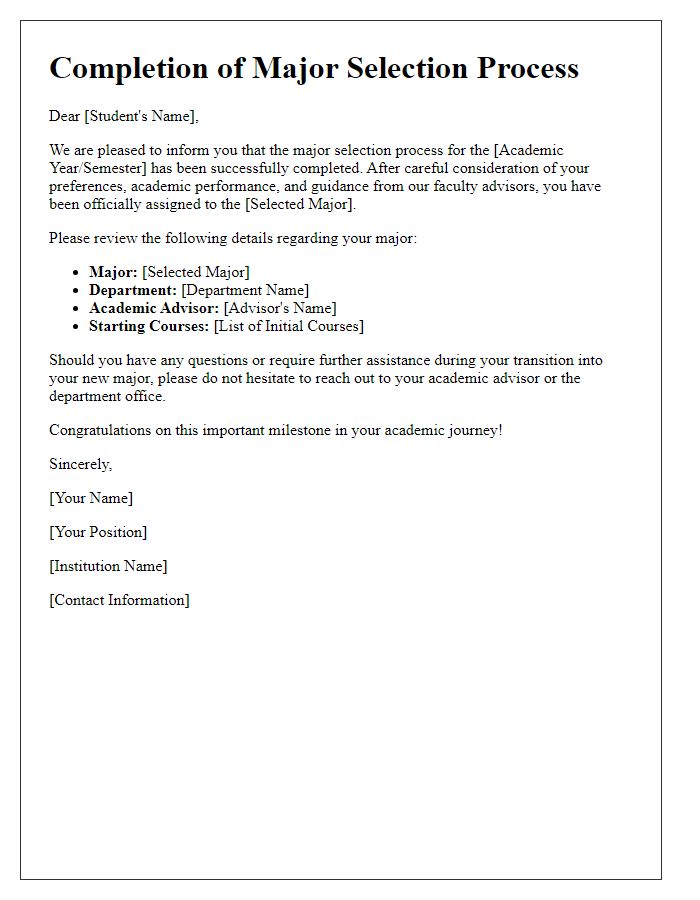
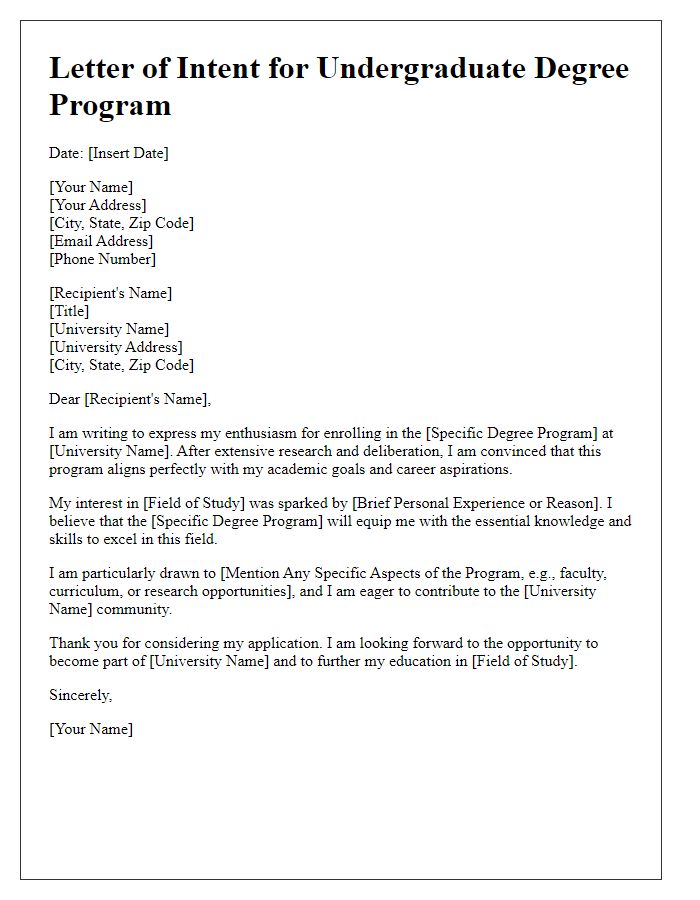
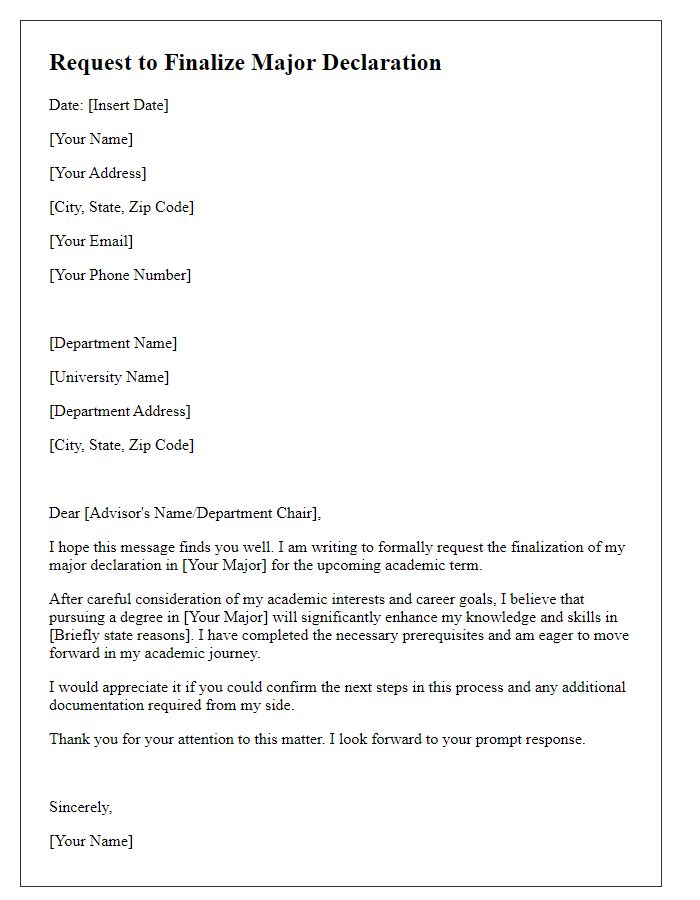
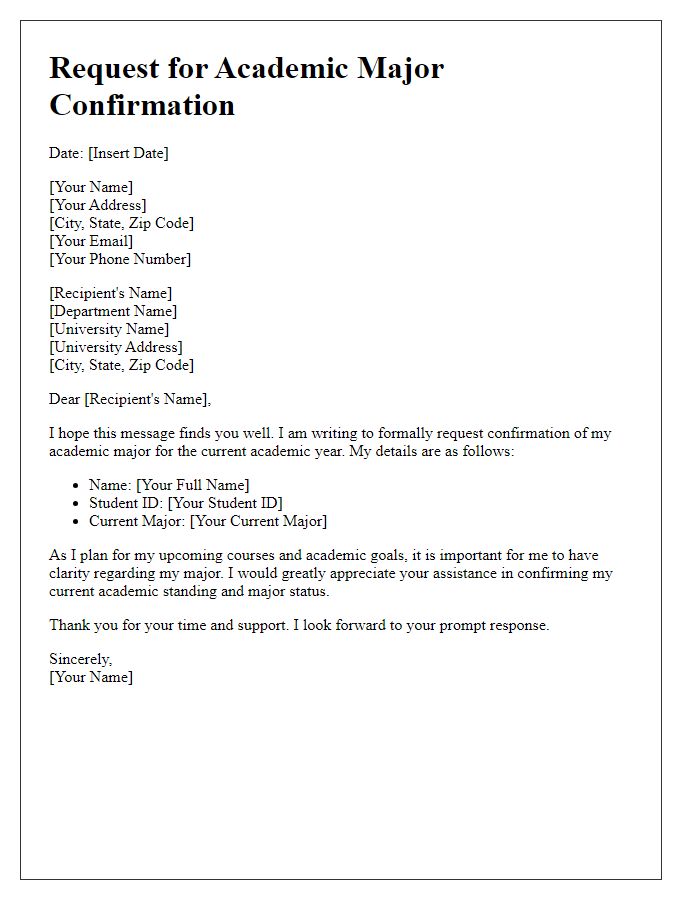


Comments